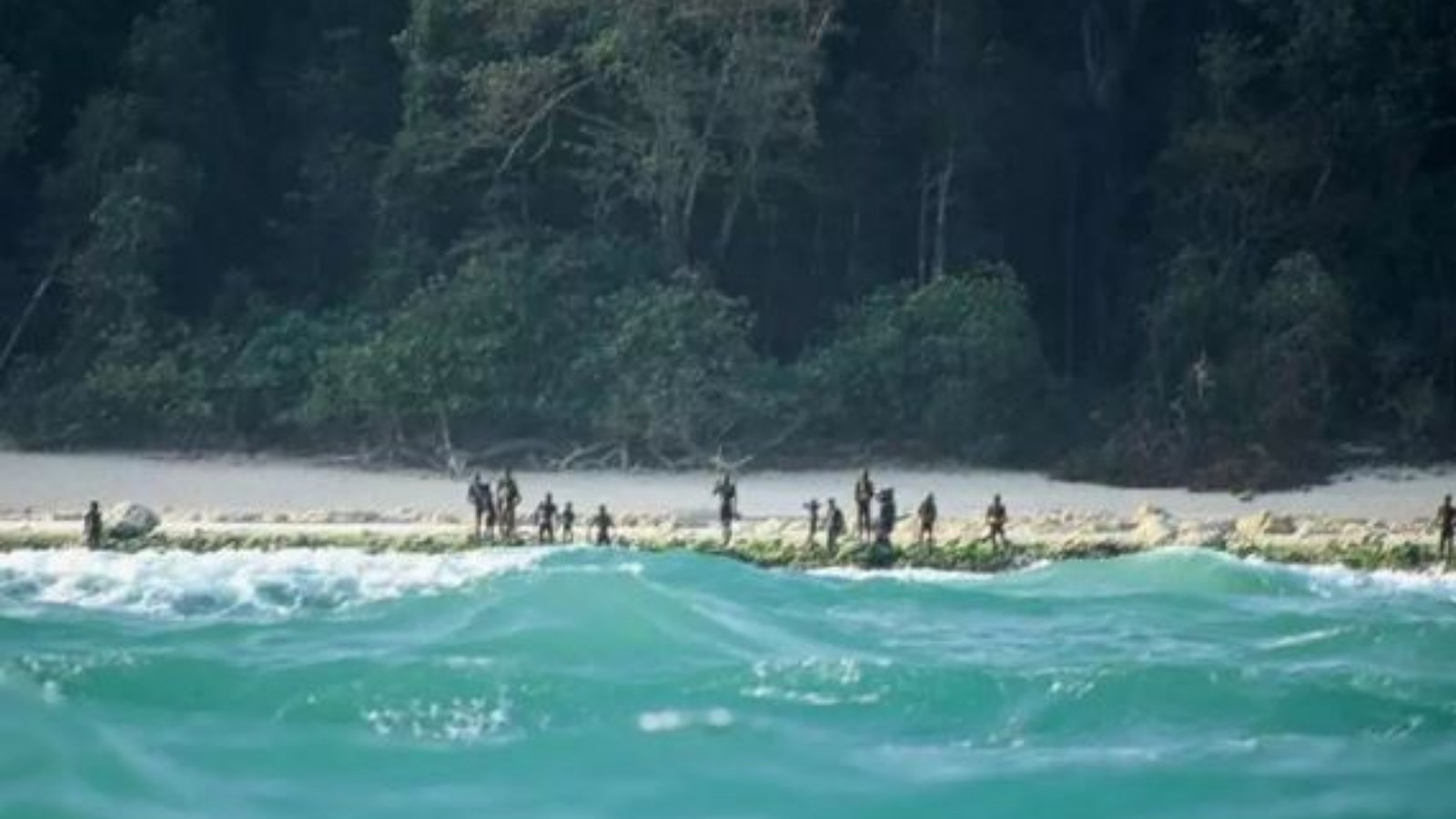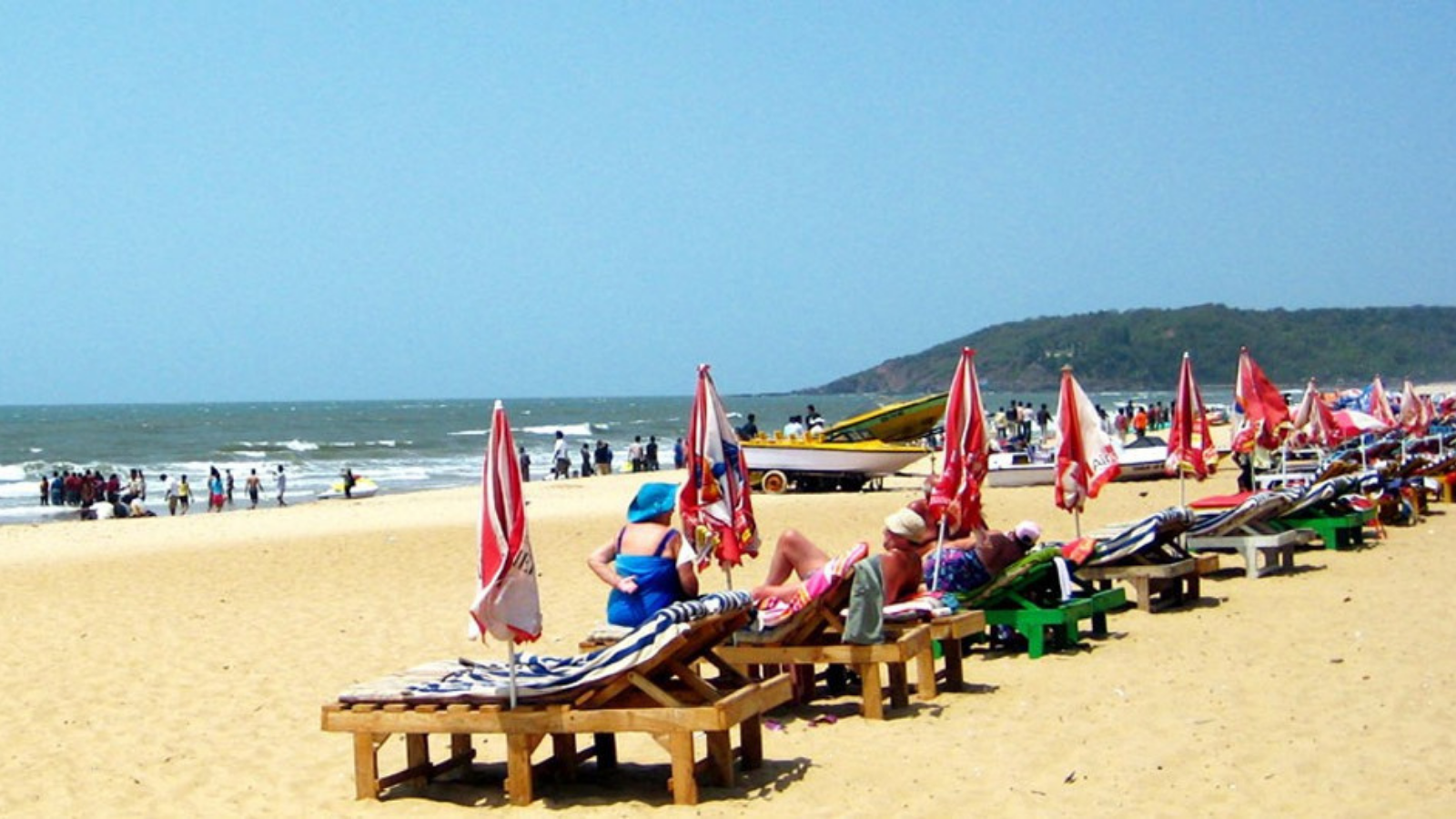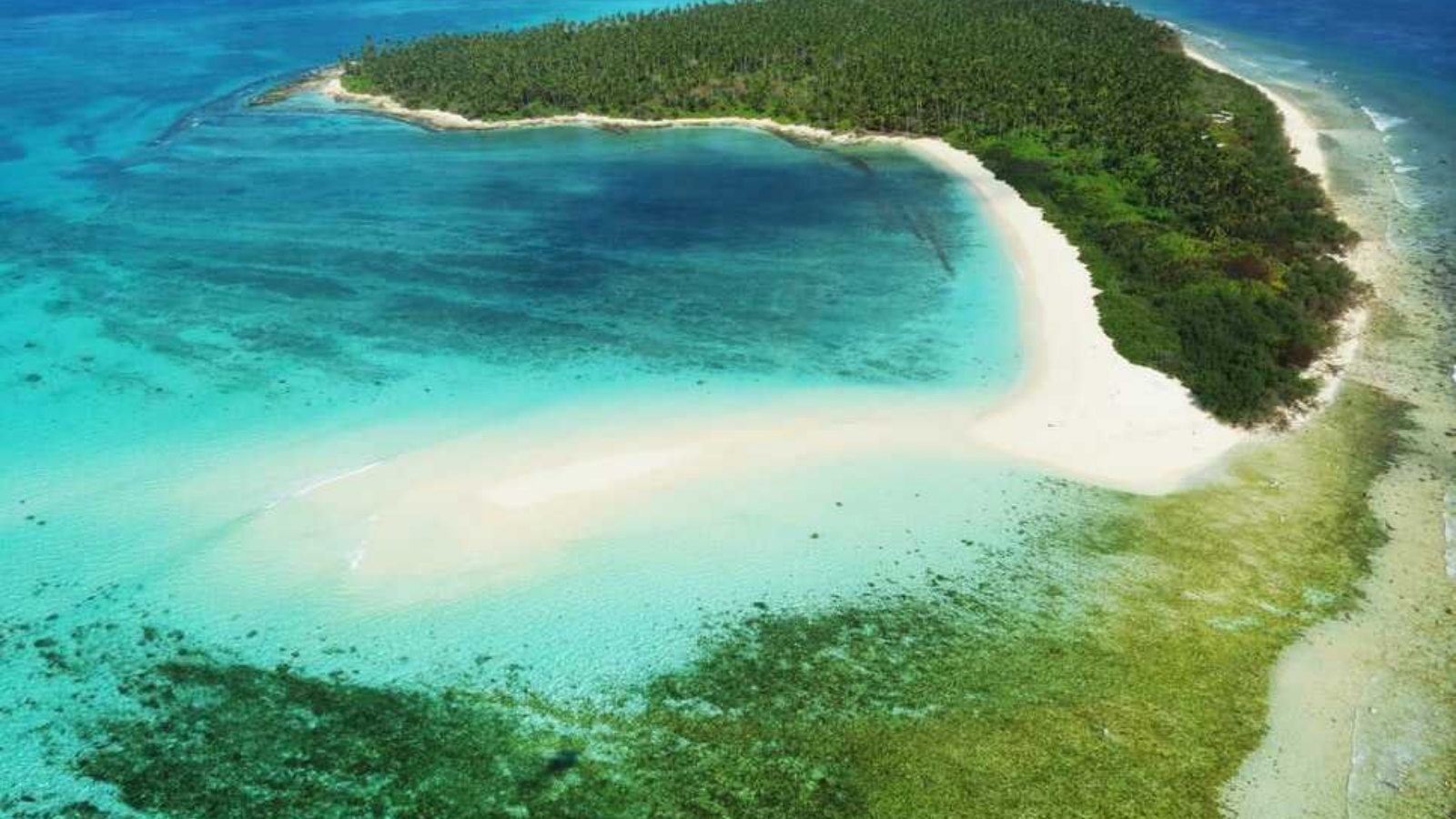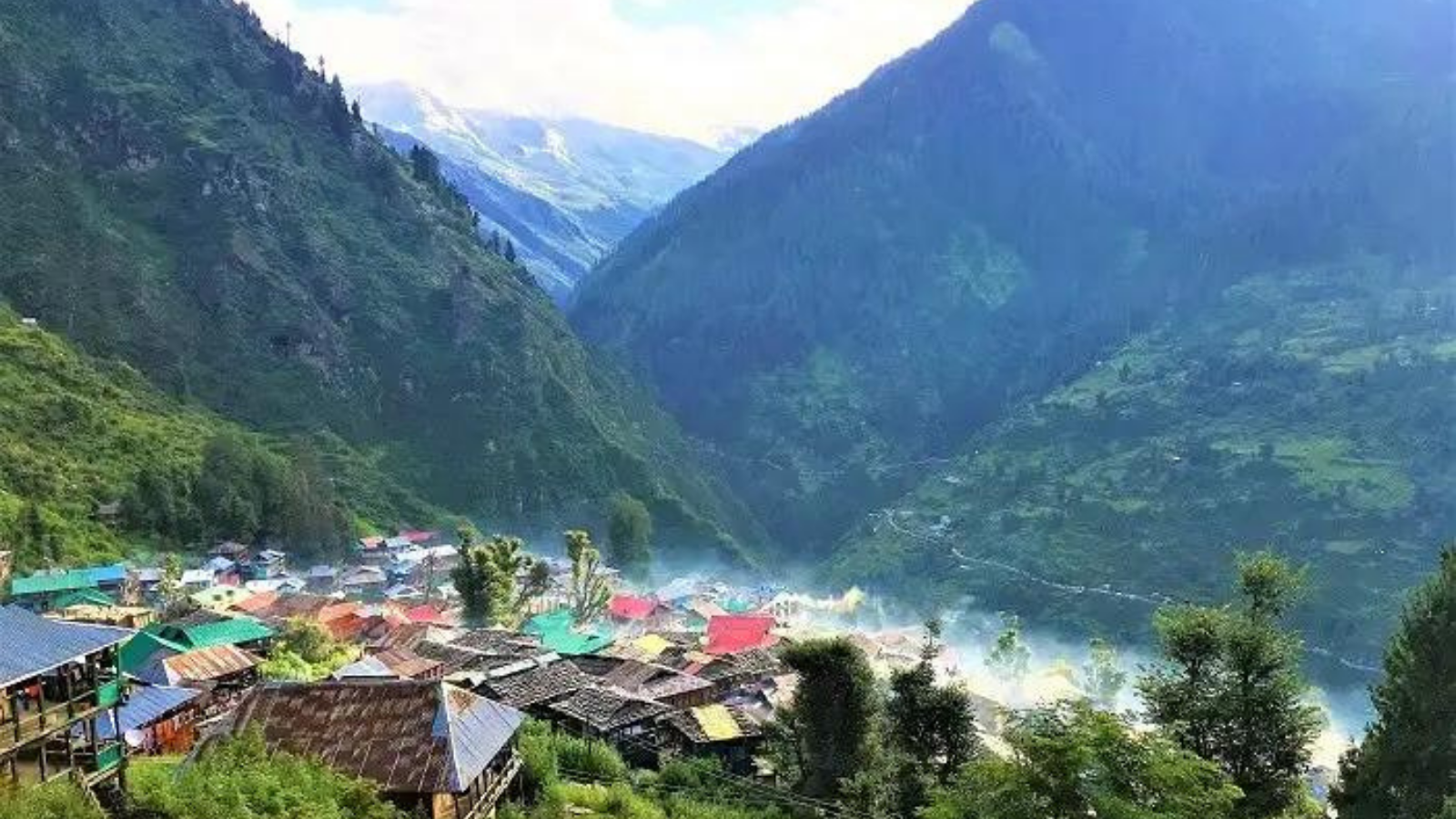6 Exclusive Places in India: Where Indians Are Not Allowed

India, a land known for its diversity and hospitality, is also home to a few enigmatic places where Indians are not permitted to enter. Despite decades of independence, these locations maintain a policy of exclusion, catering exclusively to foreign tourists. Some require special permits, while others simply follow a "foreigners-only" approach. In this article, we explore six such places in India where entry is denied to Indians, offering a unique perspective for travellers looking to plan their vacations.
1. Free Kasol Cafe , Kasol (Himachal Pradesh):

Located in the picturesque village of Kasol in Himachal Pradesh's Kullu district, the Free Kasol Cafe is known for its controversial policy of refusing to serve Indian visitors. An incident from two years ago gained media attention when an Indian woman and her British friend were turned away due to the woman's ethnicity. The manager cited a "bad mood" as the reason behind the incident, raising questions about the ethics of such practices.
2. North Sentinel Island, Andaman:

Situated in the Bay of Bengal as part of the Andaman Islands, North Sentinel Island stands out not due to its geographical features, but because of its inhabitants, the 'Sentinelese' tribes. They fiercely protect their isolation from outsiders, making it a restricted zone. Even in the aftermath of the 2004 Tsunami, when the tribe was affected, they managed to repel Indian Coast Guard helicopters attempting to assess the damage.
3. A Lodge in Chennai:

In Chennai, a lodge known as 'Highlands' has gained notoriety for its "No Indian policy." It exclusively caters to customers holding foreign passports. This exclusionary approach has sparked debate about the discrimination faced by Indian passport holders.
4. "Foreigners Only" in the Beaches of Goa and Puducherry:

Several beachside establishments in Goa and Puducherry favor foreign tourists over Indian visitors. These exclusive areas on the picturesque shores of these regions cater primarily to foreigners, raising questions about the inclusivity of these popular tourist destinations.
5. Some Islands of the Lakshadweep Group:

Certain islands in the Lakshadweep archipelago require special permits for entry, irrespective of nationality. Foreign nationals can visit Agatti, Kadmat, and Bangaram, while Indians have access to other stunning islands like Minicoy and Amini. These restrictions ensure a controlled influx of visitors, protecting the unique ecosystem and culture of the islands.
6. Malana Village in Himachal Pradesh :

Malana, an ancient Indian village with roots dating back to Alexander the Great's era in 326 BC, is a place where outsiders are met with strict restrictions. The villagers consider themselves descendants of wounded soldiers who stayed behind. Known as "Touch Me Not," the villagers do not allow outsiders to touch their belongings or enter their temples. The sacred "Kanshi" language is reserved for the villagers, and outsiders are considered untouchables. The Malana Hydropower Station project has, to some extent, integrated the village with the outside world and serves as its primary source of revenue.
While these places may intrigue and mystify, they also raise important questions about inclusivity and the promotion of tourism in India. As travellers, it's essential to be aware of the policies and cultural sensitivities in these unique destinations.